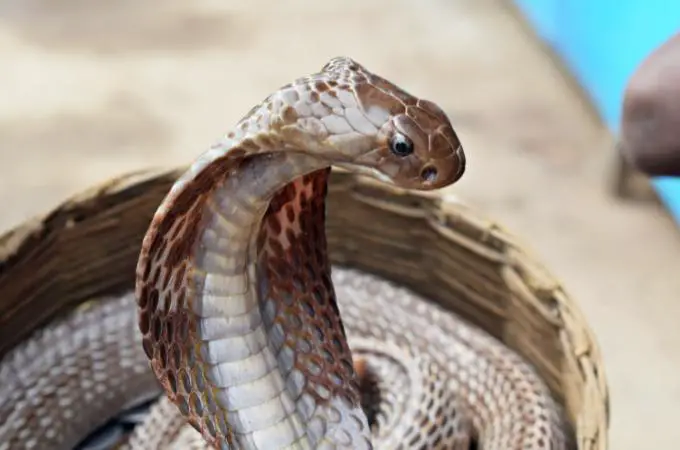
Monkeys are found in various parts of the world, including Central and South America, Africa, and Asia. Monkeys are generally smaller than apes and have tails, while apes do not. They are known for their intelligence and their ability to use tools and solve problems. They live in social groups and have complex communication systems. They eat a variety of foods, including fruits, insects, and leaves. Some species of monkeys are endangered due to habitat loss and hunting.
Monkeys Food Chain
In the food chain, monkeys are primarily herbivores, meaning they primarily eat plants. Their diet can consist of various types of fruits, nuts, seeds, leaves, and flowers. Some species of monkeys also eat insects and other small animals as a source of protein.
Monkeys are also an important part of the food chain as prey for predators. For example, large birds of prey, such as eagles and hawks, may hunt and eat monkeys. In addition, big cats like leopards and jaguars are known to prey on monkeys. Snakes, crocodiles, and large lizards also prey on monkeys.
In addition to that, monkeys play a significant role in seed dispersal and pollination in their habitat, affecting the plant life in the area.
You might also like: Meat Eating Monkeys
What are monkeys in the food chain?

Monkeys are part of the food chain as consumers of plants. They primarily eat fruits, nuts, seeds, leaves, and flowers. Some species of monkeys also eat insects and other small animals as a source of protein. They are also part of the food chain as prey for other animals. For example, large birds of prey such as eagles and hawks may hunt and eat monkeys, as well as big cats like leopards and jaguars. Snakes, crocodiles, and large lizards also prey on monkeys. They are considered as secondary or tertiary consumers in the food chain.
Are monkeys herbivores or carnivores?
Monkeys are primarily herbivores, which means that they primarily eat plants. Their diet usually consists of various types of fruits, nuts, seeds, leaves, and flowers. Some species of monkeys such as leaf monkeys and colobus monkeys are exclusively folivorous, eating mostly leaves. However, some species of monkeys also eat insects and other small animals as a source of protein, which makes them opportunistic feeders, and can be considered as Omnivores.
What are monkeys’ main source of food?
The main source of food for monkeys varies depending on the species and their habitat. However, in general, fruits are a major component of the diet of most monkey species. They also eat leaves, seeds, nuts, flowers, and insects.
For example, the Howler monkey’s diet primarily consists of leaves, while the Capuchin monkey’s diet is mostly composed of fruits and insects. The diet of the macaques is also mostly fruits and insects, but also includes seeds and leaves.
In addition, monkeys also have been observed using tools to gain access to food, such as using sticks to extract insects from crevices and using rocks to crack open nuts.
In summary, the main source of food for monkeys is varied and depends on the species and their habitat, but fruits are a major component of their diet.
You might also like: Do Monkeys Eat Coffee Beans?
Do monkeys eat snakes?

It is uncommon for monkeys to eat snakes, as most monkeys are herbivores and primarily eat plants. However, it is possible for some monkey species to eat snakes if they come across them, especially if they are opportunistic feeders. Some monkey species such as macaques have been observed eating small reptiles, including snakes. This behavior is more likely to happen if they are living in areas where food is scarce and they have to opportunistically feed on whatever is available. But it’s not a common behavior, and monkeys are not considered snake eaters.
Do monkeys eat rats?
Rats are not a natural part of the diet for most monkey species, and monkeys are not considered natural predators of rats. However, some monkey species such as macaques, have been observed eating small animals, including rats, in areas where their natural food sources are scarce. This behavior is more likely to happen if they are living in areas where food is scarce and they have to opportunistically feed on whatever is available, but it is not a common behavior.
It’s important to note that monkeys in captivity if provided with the opportunity, may consume food that is not part of their natural diet, such as rats, as they might not have the same food choices as in the wild.









